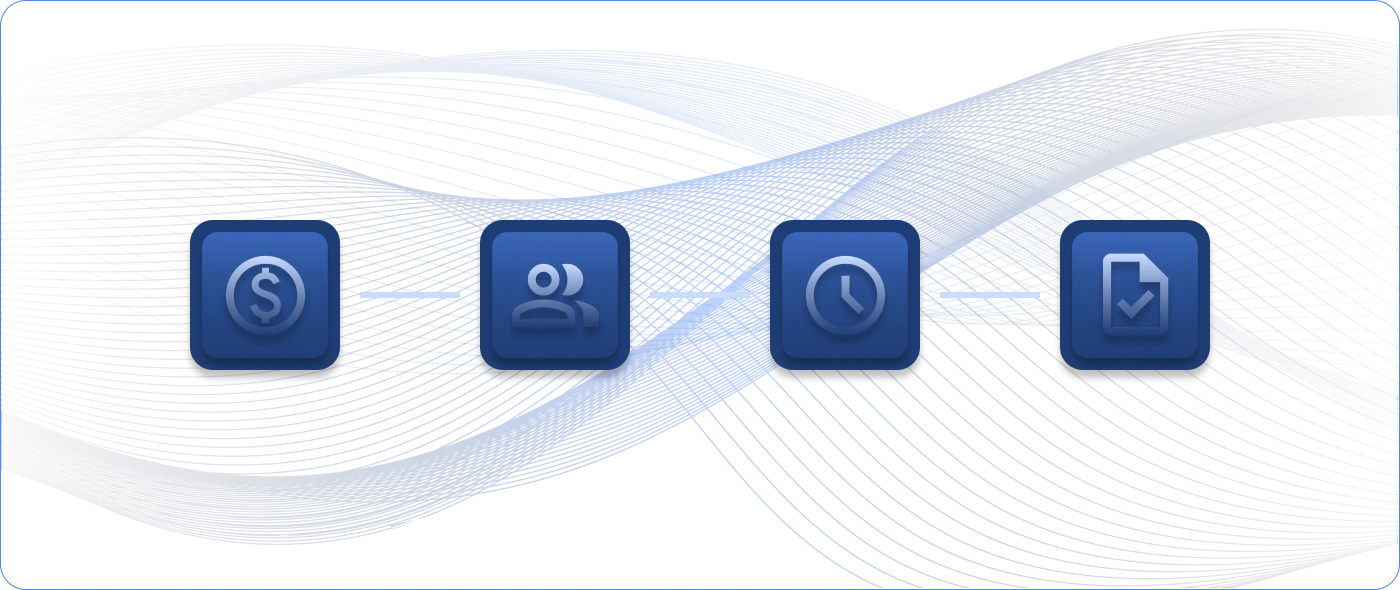Network monitoring brings enormous benefits to your daily work and to the mission of your organization. More than a “want,” network monitoring is a need; it’s a game-changing, cost-saving tool that can deliver instant ROI. Whether you’re thinking about installing your organization’s first solution or replacing a current one, let’s take a look at the top benefits of network monitoring.
Save Time by Monitoring Everything in One Place
Network monitoring delivers clear visibility into the health of your network, saving an enormous amount of time by eliminating the need to hunt and peck for information when there’s a problem. With network monitoring, you’ll be alerted to slow or failing components, outages, overloaded servers, poor connections, and other issues so they can be immediately addressed.
Ideally, a network monitoring solution will allow you to monitor everything on one dashboard across all locations and even across different solution vendors. With this single view, there’s no need to log into disparate platforms to monitor various issues; instead, everything is in one place to save time and give you certainty about everything on the network.
Reduce Downtime and Save Money
As an IT administrator, it can feel like the weight of an organization is on your shoulders. That’s not an exaggeration if something goes wrong; according to Gartner, the average cost of IT downtime is thousands of dollars per minute!
You can gain some well-deserved peace of mind with a network monitoring solution. Its ability to speed up response times and help you work more proactively are two major ways to reduce downtime and quickly recoup the cost of a system.
A network monitoring solution delivers alerts about issues with your IT infrastructure, though different solutions have varying levels of flexibility when it comes to customizing those alerts. Alert thresholds can be based on industry standards or parameters that you dictate (for example, when a server load reaches X). When the system alerts you to something, you can more quickly react and reduce the chance of downtime. This is especially important for organizations with remote teams that rely on near-perfect uptime to get work done.
Of course, shorter or fewer downtimes translate into bottom-line cost savings. Losing several minutes or several hours can have enormous financial impacts on an organization, large or small. Here at Nagios, a customer reported an alert that notified them of an issue that they were able to fix before it took down their network—a proactive move that saved the organization $1.2 million!
Stop the Fire Drills
An admin’s ability to work proactively is another benefit of network monitoring, as it reduces network problems and the panicked fire drills that result when the IT team has to fix an issue now. Specifically, look for a solution that has features and tools for comparing data, revealing trends, and getting to the root cause of a problem faster. A Nagios customer reported saving $2 million in the first month of using our network monitoring solution because of the visibility the IT team gained to tackle and resolve minor issues before they became huge problems.
Working proactively also allows for better capacity planning, so you can prepare for future upgrades before your current infrastructure hits its limit and you have to upgrade under unrealistic timelines or budgets.
Related Reading: 5 Tips on Building a Business Case for Nagios XI
A network monitoring solution that facilitates the proactive comparison and correlation of data is especially critical for compliance. Whether you’re tracking government regulations or meeting internal standards, the ability to monitor and track data logs can spotlight suspicious activity, help you resolve threats faster, and monitor employee tasks to ensure everyone is working in compliance.
Make Better Decisions Around Scaling
A network monitoring solution that can monitor nearly anything will continue to serve you as your IT infrastructure evolves or as new vendors and technologies are added. For example, a solution that is brand- or vendor-agnostic will monitor anything added or changed on the network. In addition, with clearer visibility into your network data, you can make better-informed decisions around scalability, such as device or platform choices. If employees are working remotely, are there new types of devices or platforms that could make their work easier? Is increased website traffic bogging down the servers, and so more is needed? Are there parts of the network that are not being maximized and could be replaced? The benefits of network monitoring can help you make a business case for smarter decisions, support organizational strategy, and drive better change for everyone.
Monitoring the health of a network delivers bottom-line benefits through reduced downtime, cost savings, better business decisions, and more proactive approaches to IT—not to mention greater peace of mind for you and the team.



